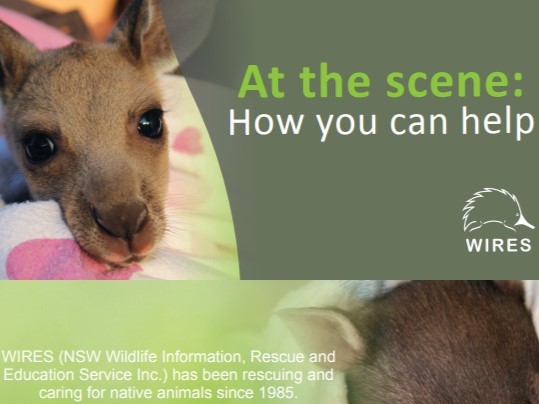Results at a glance:
■ SA farmer sentiment eases back in latest quarter
■ Biggest decline in sentiment reported among state’s grain growers
■ Longer-term confidence in sector outlook remains unshaken with 31 per cent of respondents looking to increase investment
■ Commodity prices biggest driver of confidence for those with optimistic outlook
A nervous outlook among grain growers – after the state missed out on solid spring rainfall – has seen South Australian farmers finishing the year on a less optimistic note.
The latest quarterly Rabobank Rural Confidence Survey, released today, found after rocketing to a 10-year high last quarter, South Australian rural sentiment has softened significantly over the past three months, with the grain sector reporting the biggest decline in confidence.
Overall, the percentage of South Australian farmers expecting business conditions to improve in the coming year now stands at 26 per cent – compared with 42 per cent last survey – while 15 per cent are forecasting conditions to decline, up from just two per cent previously. A total of 54 per cent expect little change.
The fall in confidence was particularly marked among grain growers – those with an optimistic outlook declining to 26 per cent, down from 69 per cent with that view just three months ago. And 42 per cent of those in the grain sector now expect business conditions to worsen in the coming year.
Overall sentiment remains, however, at still relatively high levels and longer-term confidence in the outlook for the sector is unshaken, with 31 per cent of South Australian farmers still intending to increase investment in their farm businesses in the 12 months ahead.
Commodity prices were shown to be the biggest driver of positive sentiment among SA farmers this survey (nominated by 83 per cent of those expecting conditions to improve), while seasonal conditions were less cause for optimism (cited by 29 per cent, compared with 77 per cent last quarter).
Rabobank regional manager for South Australia Roger Matthews said the reduction in confidence in the latest survey was understandable with the state’s farmer sentiment having soared to the highest level seen in a decade in the previous quarter, and with rainfall having disappointed in parts of the state over spring.
“We saw good winter rainfall across much of South Australia and then missed out on September and October rain, with the recent rainfalls in November being generally too late to help grain growers,” he said.
That said, Mr Matthews said, the season across much of South Australia has been good, with weather conditions in the South East being particularly positive and, while confidence has eased for farmers in this region, the majority – at 54 per cent – had a stable outlook.
“Patchy seasonal conditions in the Eyre Peninsula have seen just nine per cent of farmers in the region now expecting conditions to improve, which is down from 53 per cent with that view in the September quarter,” he said.
While confidence edged back in the Yorke Peninsula, it remained comparatively strong – with 43 per cent of farmers in the region expecting conditions to improve.
Overall, the survey showed confidence had eased in all commodity sectors, but it was the state’s grain growers who reported the biggest fall.
“Areas such as the Mallee and Murraylands have received very little rain and as a result we will see some poor crops from these parts of South Australia,” Mr Matthews said.
The survey found confidence was comparatively strong among the state’s beef and sheep farmers with 33 per cent and 26 per cent, respectively, expecting conditions to improve and the majority at 67 per cent and 58 per cent expecting similar conditions to last year.
Mr Matthews said conditions are “great” for South Australian sheep producers, with both meat and fine and superfine wool markets performing exceptionally well.
“Relatively good recent rains in northern pastoral areas will support good weight gains for beef producers. The season is continuing in the South East, which is very positive for livestock producers,” he said.
South Australian farmers also downgraded expectations for their gross farm incomes over the coming 12 months with 39 per cent expecting a higher income in the coming year, down from 52 per cent last quarter expecting a stronger financial result in 2022 and 42 per cent expecting little change to current incomes. Meanwhile the percentage expecting their incomes to fall stood at 19 per cent.
Mr Matthews said a key challenge overhanging the otherwise generally positive outlook for the state’s ag sector was rising input costs and the ability to access inputs such as pesticides. “But any concerns around the availability of inputs have done little to dampen investment plans in the sector,” he said.
Despite the drop-off in confidence from the last quarter, longer-term confidence remains unshaken with 31 per cent of South Australian respondents looking to increase their investment in the 12 months ahead, while 64 per cent are planning to maintain investment at current levels.
Of those farmers intending to increase investment, 78 per cent plan to spend on on-farm infrastructure such as fences, yards, silos, while 58 per cent are looking to invest in new plant/machinery, 49 per cent in adopting new technologies and 41 per cent in increasing livestock numbers.
A comprehensive monitor of outlook and sentiment in Australian rural industries, the Rabobank Rural Confidence Survey questions an average of 1000 primary producers across a wide range of commodities and geographical areas throughout Australia on a quarterly basis. The most robust study of its type in Australia, the Rabobank Rural Confidence Survey has been conducted since 2000 by an independent research organisation. The next results are scheduled for release in March 2022.






